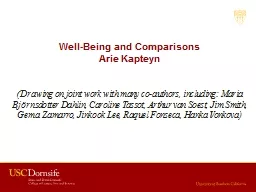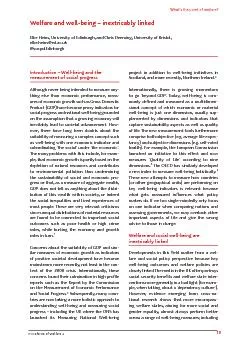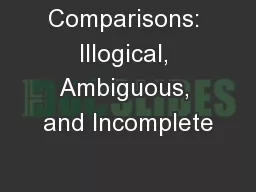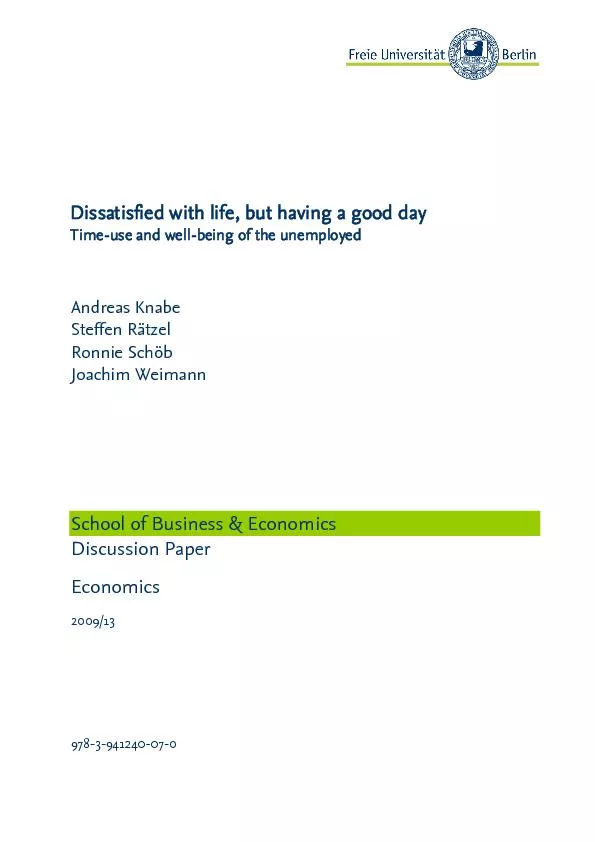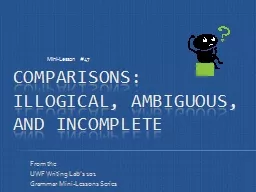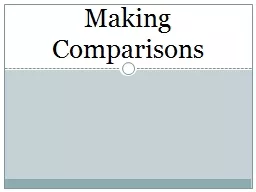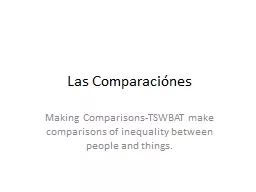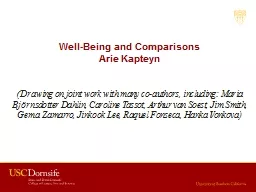PPT-Well-Being and Comparisons
Author : conchita-marotz | Published Date : 2018-01-12
Arie Kapteyn Drawing on joint work with many coauthors including Maria Björnsdotter Dahlin Caroline Tassot Arthur van Soest Jim Smith Gema Zamarro Jinkook Lee
Presentation Embed Code
Download Presentation
Download Presentation The PPT/PDF document "Well-Being and Comparisons" is the property of its rightful owner. Permission is granted to download and print the materials on this website for personal, non-commercial use only, and to display it on your personal computer provided you do not modify the materials and that you retain all copyright notices contained in the materials. By downloading content from our website, you accept the terms of this agreement.
Well-Being and Comparisons: Transcript
Download Rules Of Document
"Well-Being and Comparisons"The content belongs to its owner. You may download and print it for personal use, without modification, and keep all copyright notices. By downloading, you agree to these terms.
Related Documents

